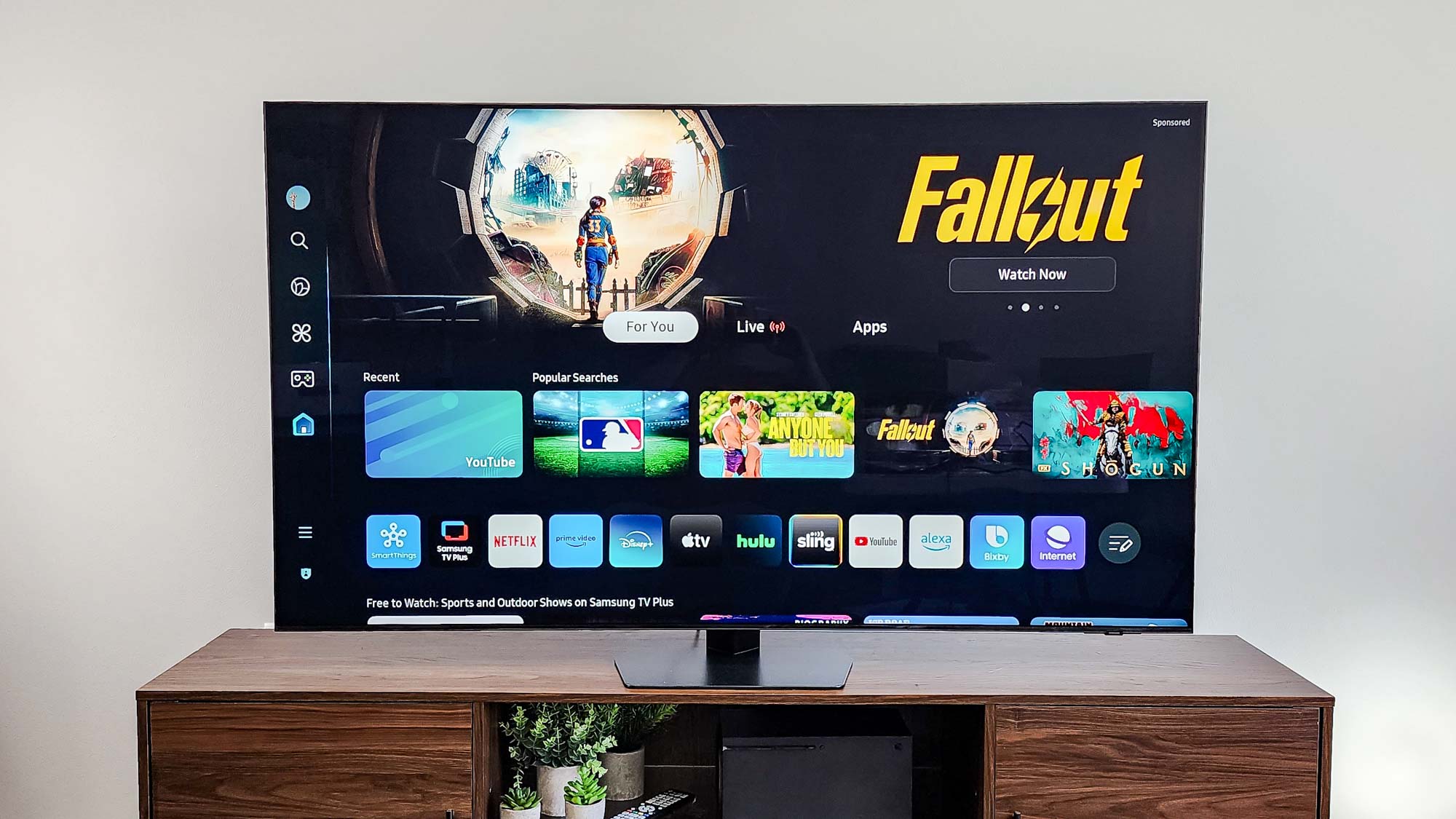These are the 3 best streaming devices we've tested for your TV
Get the most out of your TV using one of the best streaming devices
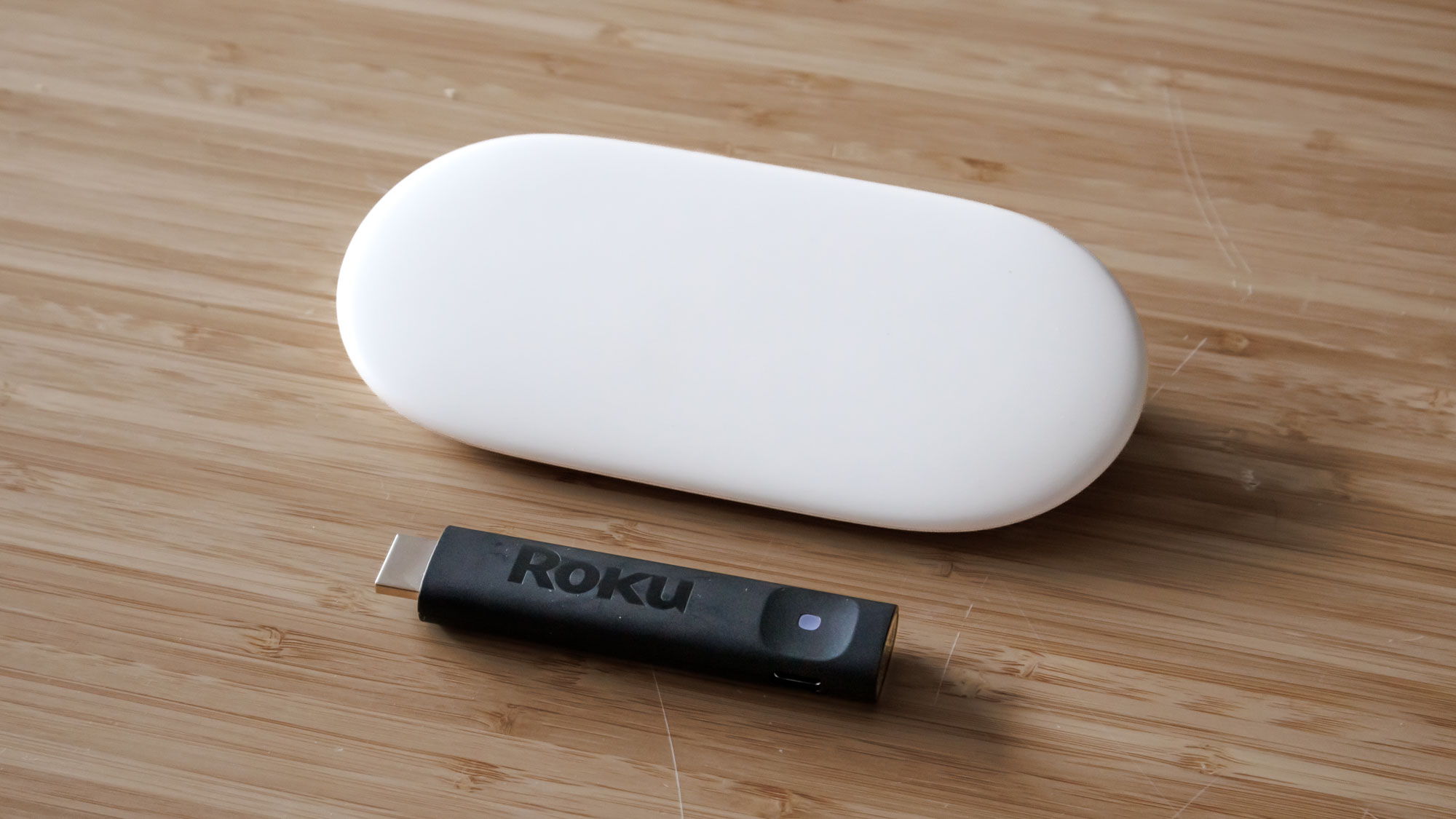
Getting one of the best streaming devices gives you broader access to all of your favorite shows and movies, and turn your dumbed-down TV into a more improved experience. Whether it's Roku or Apple TV, the interface of your choice can be miles better than the operating system (OS) that already exists on the set.
As part of my job, I regularly bounce between several streaming devices, but I think the best for most people is the Roku Streaming Stick 4K. It's less than $50, has access to all our favorite streaming services, and its interface is one of the cleanest and easiest to use.
If you want something that's a step up, the Google TV Streamer has Gemini AI built in, which can provide summaries of shows and make it easier to find something you want to watch. And, it supports Google Home devices, so you can see a view of your video doorbell right from your TV.
Check out all of our favorite models below and pick the streaming device that fits your needs and budget.
The quick list
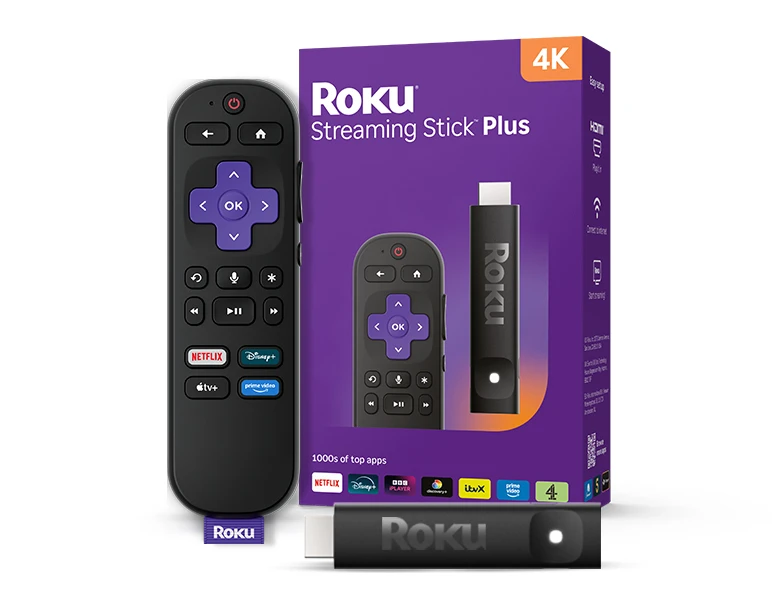
This stick supports HDR10/10+, Dolby Vision, and has a slew of features for a great price. Its simplified navigation makes Roku the best home for streaming content.
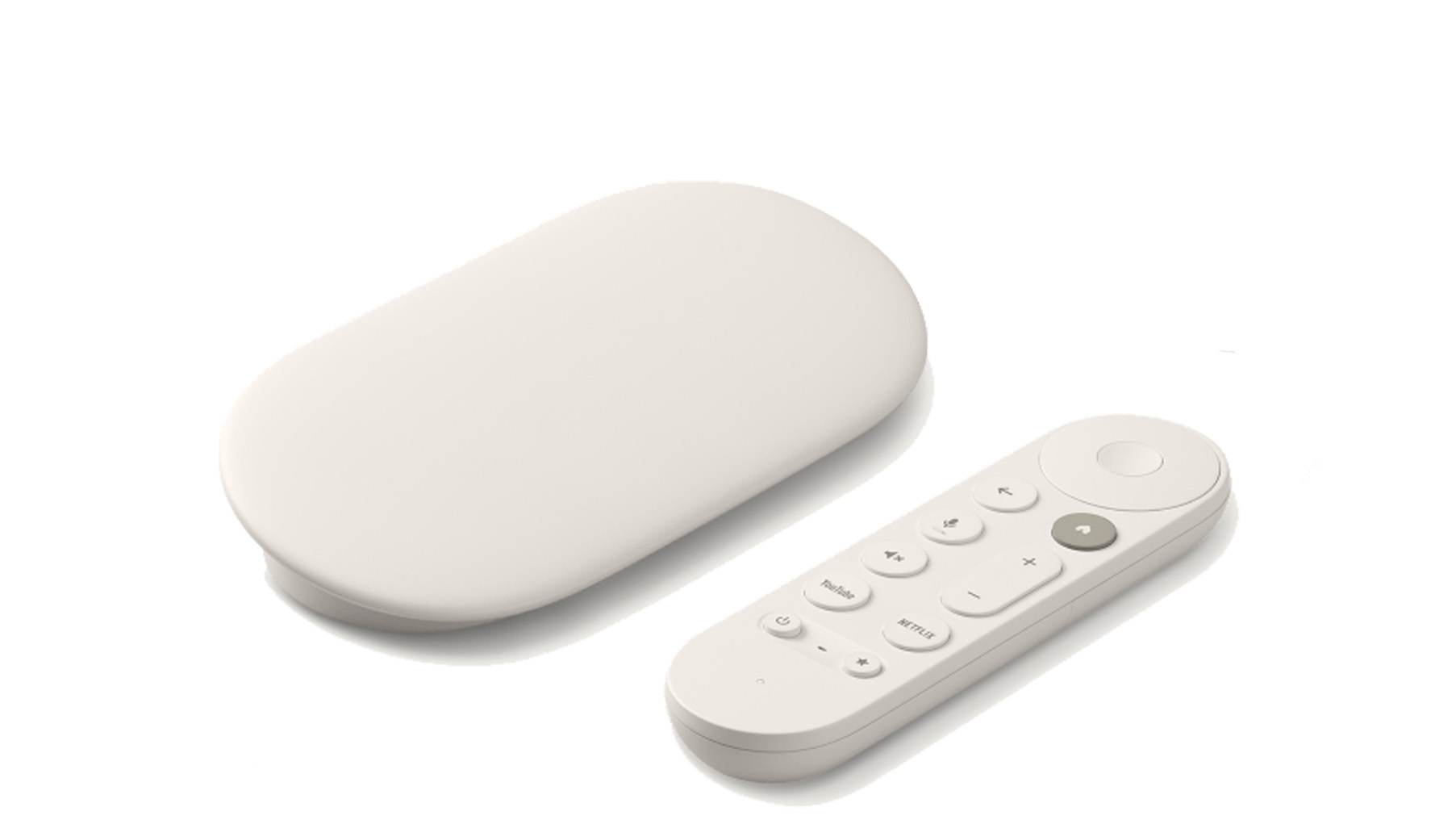
The Google TV Streamer is a powerful smart home controller as much as it is among the best streaming devices. It has a slew of AI upgrades, as well, letting you generate TV show summaries and special screensavers in just a click.
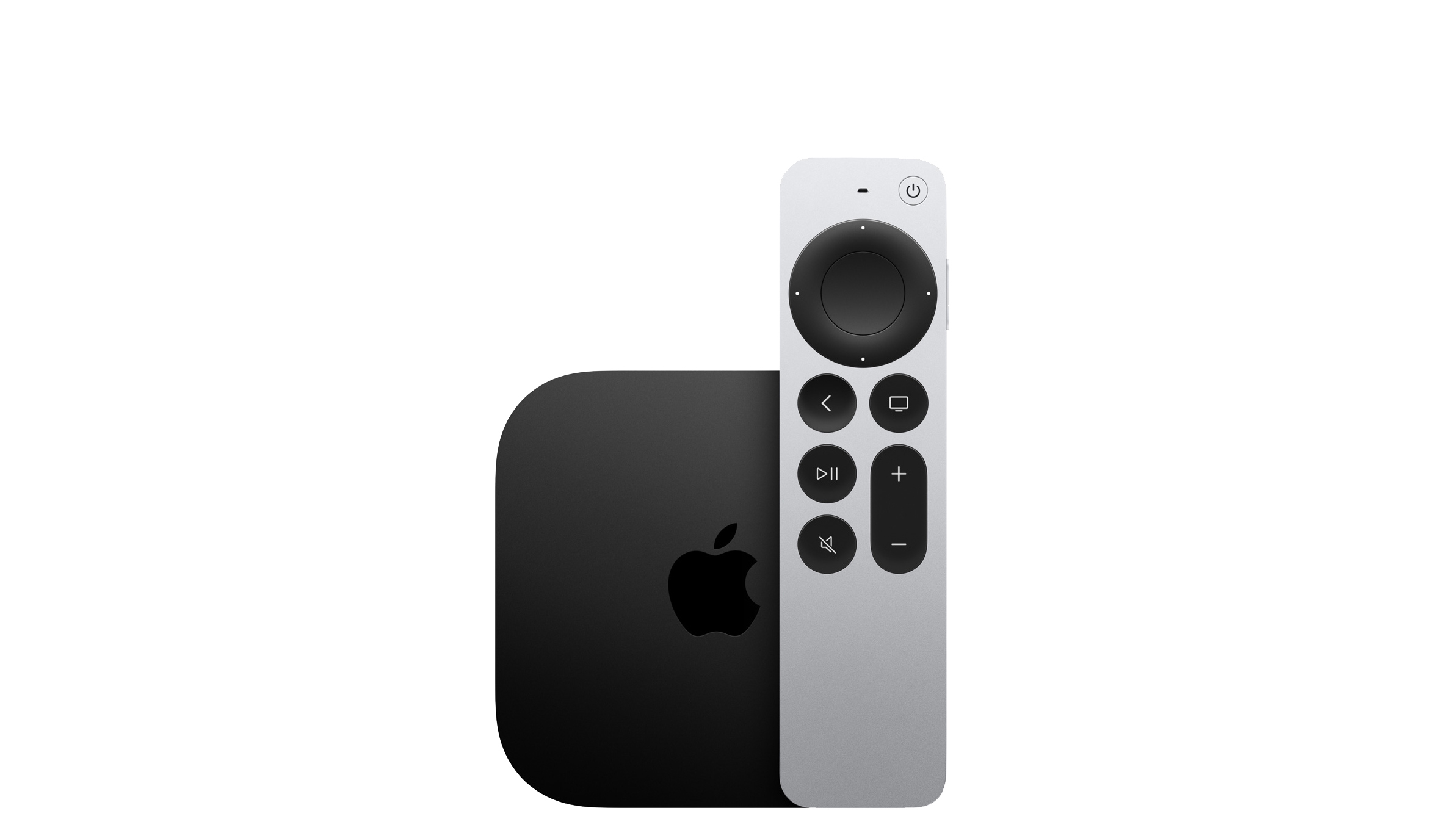
Th Apple TV 4K is one of the fastest streaming devices on the block and is one of the only streaming devices with no intrusive ads. iPhone and iPad users will benefit the most using this streaming box, but a new model might be on the way.
The best streaming devices you can find today
Why you can trust Tom's Guide
Best overall
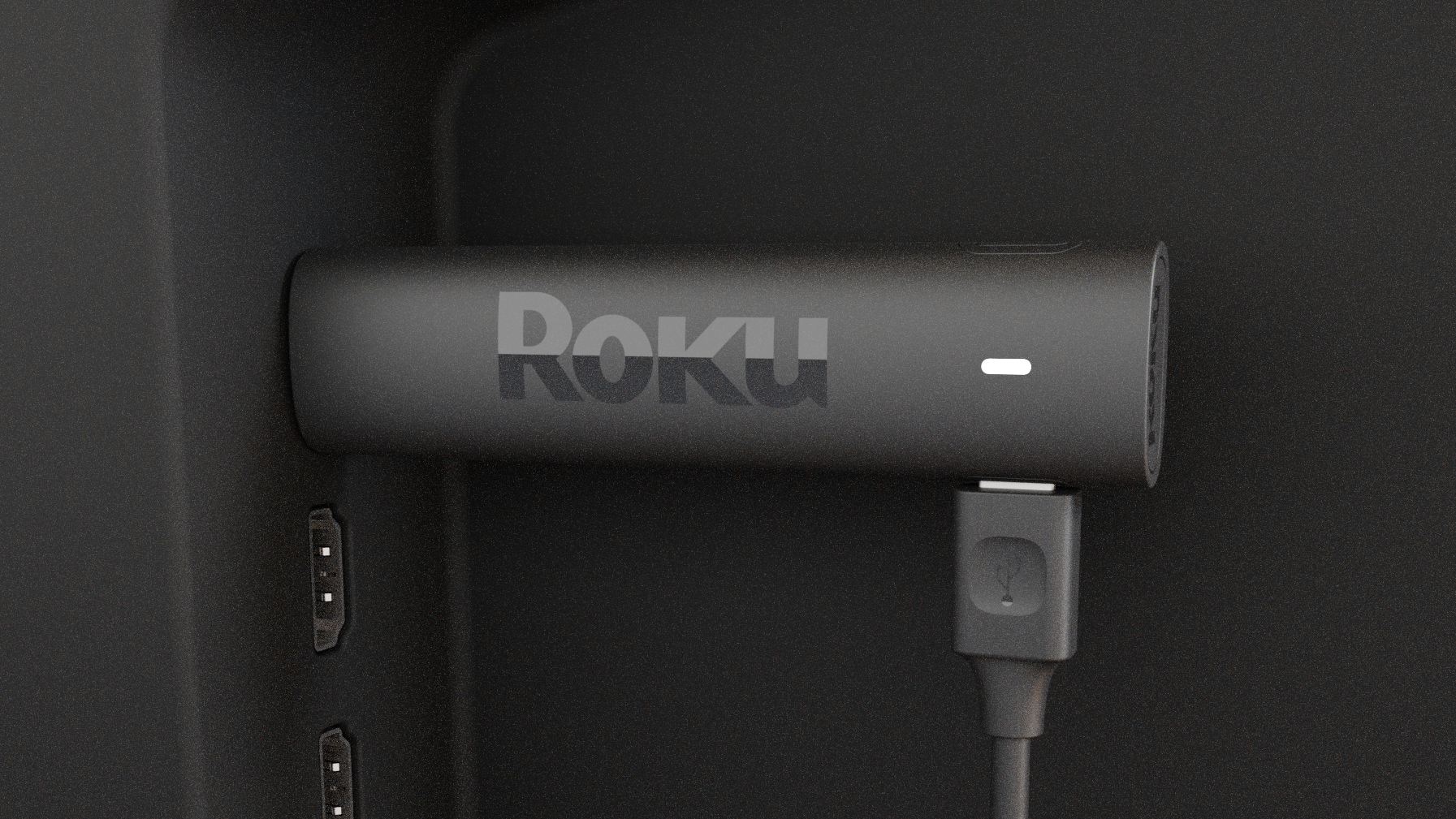

Specifications
Reasons to buy
Reasons to avoid
As one of the best Roku devices, it comes as no surprise that the Roku Streaming Stick 4K would be named one of the best streaming devices too. It's a value pick with loads on offer, including a completely refined design that makes itself known as 35% slimmer than its rivals.
Despite its incredible thinness, the Streaming Stick 4K comes with tons of awesome features, namely Backdrops, HDR10/10+ support, Roku smart home integrations, 4K at 60fps, and so much more. All of this for less than $50, making the Roku Streaming Stick 4K your ticket to the best streaming services at an unbeatable price.
Backdrops also turns your blank screen into a world of wonder with tons of art on offer. It's a lot like the Samsung Art Store with tons of variety in the photos and paintings you can choose from. It's a great addition to a useless screen, giving it broader life and depth.
The big kicker is that the Roku Streaming Stick 4K doesn't have Dolby Atmos. You'll have to shell out more for the Roku Ultra to get that feature.
- Read our full Roku Streaming Stick 4K review
The best Live TV streaming device
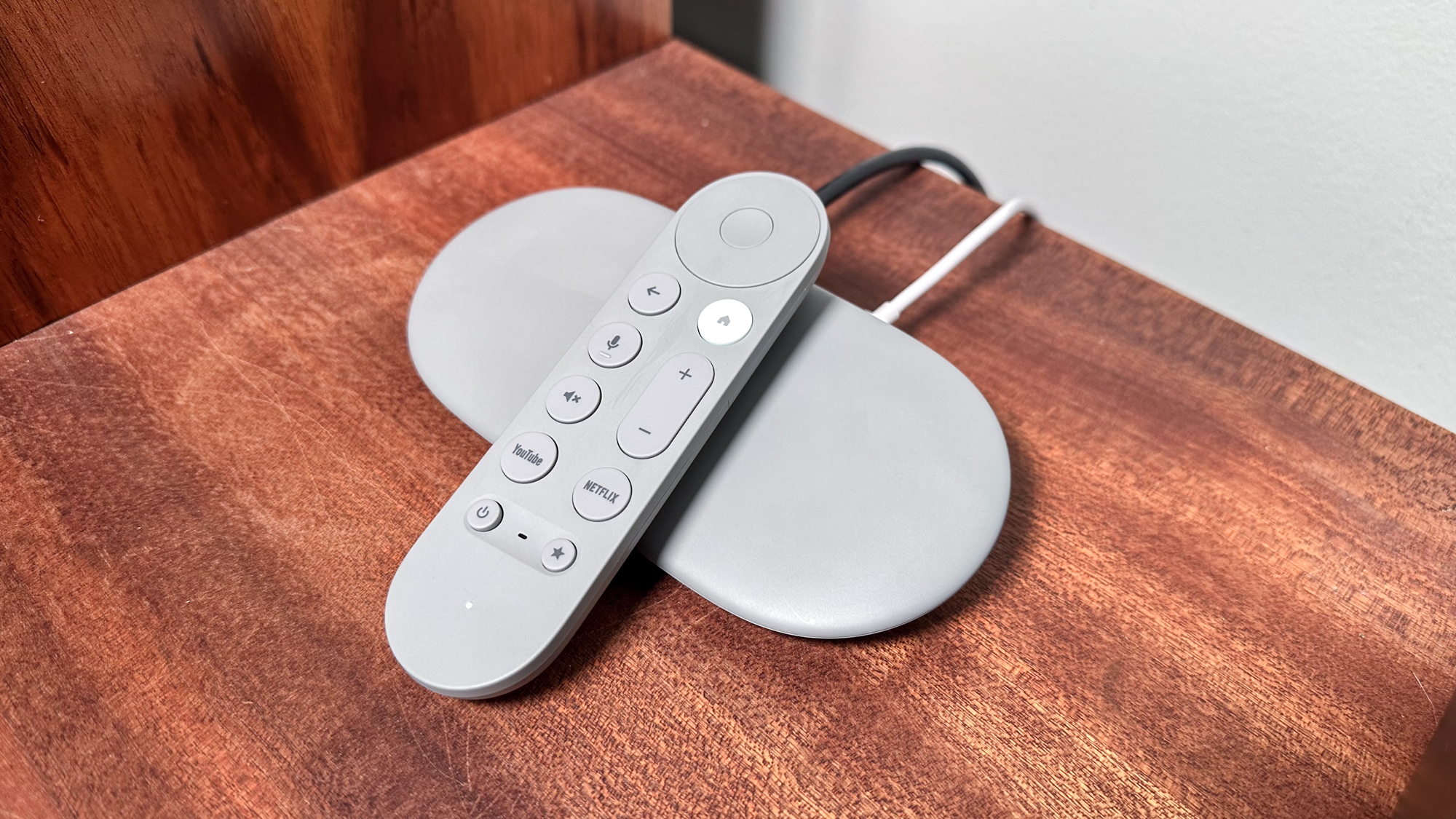

Specifications
Reasons to buy
Reasons to avoid
The Google TV Streamer is a huge improvement over the old Google Chromecast. Similar functionalities and OS navigation remain — live TV integration, tons of free content, plus several various broadcast TV services to choose from (YouTube TV, Sling and Philo).
But now, it also packs 4K UHD streaming with support for HDR and Dolby Vision for excellent picture quality, and Dolby Atmos for immersive sound. And with Google TV, you have support for the over 6,500 Android TV apps.
That's not all, as the TV Streamer has a slew of smart home integrations that makes it stand out. Directly from your TV, you can now monitor and control all your smart home devices.
We were able to view live streams from our various home security cameras and video doorbells, and also see which lights were still on — and dim them, too. You can even check the temperature on your smart thermostat. It's a step up from what other streaming devices offer and will make smart home enthusiasts gush the world over.
As with most newer TV models,. Google has also incorporated its Gemini AI into the TV Streamer. This will do a variety of tasks, like providing simple summaries of whatever content is on-screen and pull in reviews from both critics and the general public — for better or worse.
You can also use Gemini to create screensavers. Think of (almost) anything and speak it into the remote, and Gemini will create it for you, to amusing (or horrifying) effect.
Yes, the Google TV Streamer costs $99 — twice that of the Chromecast with Google TV — but the upgrades will keep it relevant for years to come.
- Read our full Google TV Streamer review
The best streaming device for Apple users
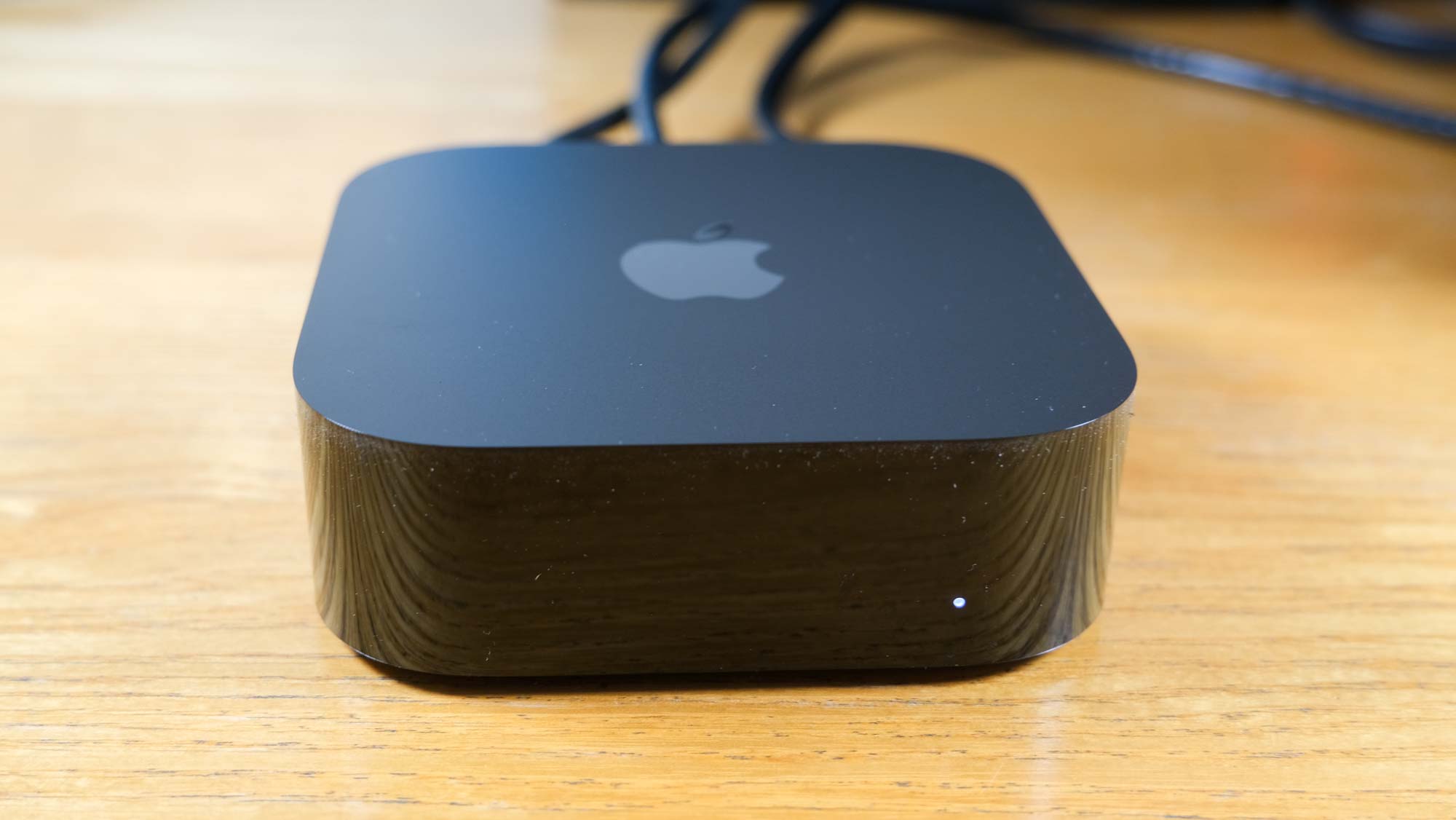

Specifications
Reasons to buy
Reasons to avoid
The Apple TV 4K is priced at a premium most might not be willing to invest in, but it's not among the best streaming devices for nothing. It offers some of the most robust features (made all the better for Apple device users).
The A15 Bionic system-on-chip super-charges the Apple TV 4K, delivering incredibly fast load times, beating even the latest Fire TV Cube and Roku Ultra on loading Netflix, YouTube, Disney Plus and Spotify.
The Apple TV 4K also has support for HDR10+ (though this only works if your TV supports it), and the remote has USB-C charging, meaning you can kiss goodbye to all your Lightning wires.
Smart home enthusiasts will also be excited for the inclusion of a Thread support for Matter, which was just added on the new Google TV Streamer. One of the best reasons to get the Apple TV 4K is tvOS, which remains one of the cleanest interfaces out there.
- Read our full Apple TV 4K (2022) review
How we test the best streaming devices
We test streaming players by looking at both the content they can provide (most are very similar at this point) and how they deliver said content. Any streaming player worth its salt can load a 4K stream, but only a good one possesses straightforward navigation, robust search features and a wide variety of content to suit all tastes.
The first thing we evaluate is the setup, to see how quick and simple it is. From there, we take the user interface for a spin to see what content gets highlighted, what gets hidden, and how easy it is to navigate to our favorite channels.
As live TV service integration becomes a bigger feature in streaming devices, we look at how these sticks and boxes can place your favorites within closer touch.
We'll also watch a few different shows on a variety of channels to gauge the quality of the video and audio, to make sure they look good regardless of if you have one of the best TVs or not. That said? Check out our guide to the best cheap TV deals if you need a discount.
After that, it's onto the extra features, like gaming, voice search and screen mirroring. These factors don't weigh quite as heavily toward the final score, but they're nice to have if they work well, and extremely distracting if they don't.
How to choose the best streaming device for you
Figuring the right streaming device for your needs is pretty easy. While everyone should start with the Roku Streaming Stick 4K, your mileage may vary. If your budget is tight, the Roku Express 4K Plus can bring a lot of content to your TV without adding the clutter of a remote.
If you're trying to stabilize your connection, the Roku Ultra and Apple TV 4K make that process super easy with their dedicated Ethernet cables. But if you're a performance first type, and watch a lot of 4K UHD content, the Nvidia Shield TV or Apple TV 4K is where you should start.
Lastly, folks who already treat Alexa like a member of the family should consider the 3rd Gen. Fire TV Cube, which makes controlling your entertainment as easy as talking. That being said, it's quite expensive, and the Roku Streaming Stick 4K Plus remote also supports voice commands, you just have to click the microphone button, whereas the Fire TV Cube is hands-free.
If you like the Amazon ecosystem and want a cheaper device, consider the Fire TV Stick. Amazon just launched its brand new iteration in the Fire TV Stick HD, which we also tested, and it too could serves as a proper upgrade for those who love its ecosystem.
Get instant access to breaking news, the hottest reviews, great deals and helpful tips.

Ryan Epps is a Staff Writer under the TV/AV section at Tom's Guide focusing on TVs and projectors. When not researching PHOLEDs and writing about the next major innovation in the projector space, he's consuming random anime from the 90's, playing Dark Souls 3 again, or reading yet another Haruki Murakami novel.
